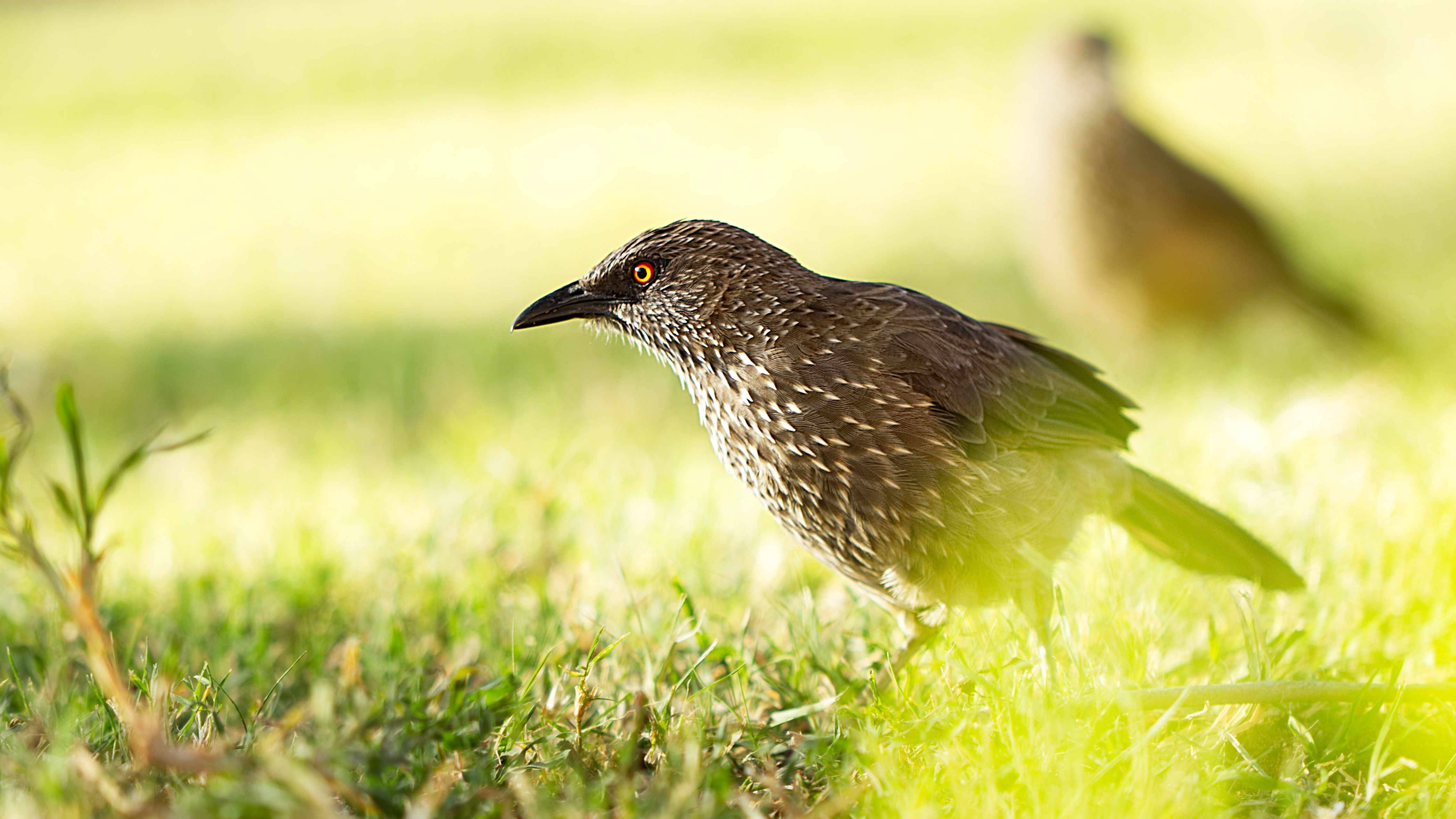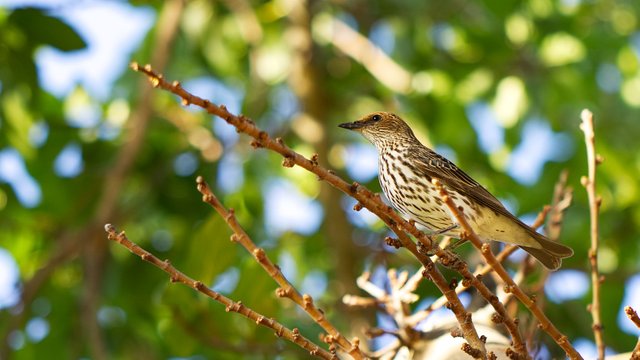How to do Great Bird photography with Basic Gear
Hello there!
People quite often ask me: How do you take such good photos of birds without a telephoto lens?
The question arises from the fact that unlike most people I know my longest lens is a 100mm fixed macro lens and not even a basic 300mm lens. So how do I get such good bird photos?
Here are 5 simple pieces of advice in which you can get very good bird photos without breaking the bank on telephoto lenses, hides or remote triggers.
1. Have some basic knowledge!
You need to have basic knowledge of the species or group of birds you would like to photograph in order to increase your success. For instance if you want to take photos of swallows, find a nest that is built at a house entrance. And if you would like to take photos of flamingos, it won't help you go to a closed canopy alpine forest to look for them, as they occur mostly in pans where they feed on the life in the water.

2. Find the right spot
Now that you know a bit more about the birds you would like to photograph, find the right spot. I have found that trees that provide fruit, such as a fig tree is often a very good place to start. This is not only for fruit eating species, but for insectivorous species and other species as well.

3. Be sneaky and slow...
You have to be sneaky and slow, so that you look like part of the environment! Move slowly, crawl, sneak, tip toe and creep, all when the bird has its head down in grass catching an insect or when it has its head dug into the juicy fruit. The slow and sneaky movements will not just get you close enough to take the same photo as the guy with his 800mm lens, it will get you an even better photo, because you where there, in the moment you can see more detail with your naked eye and make better decisions on how to compose the photo. You can control where you have to be and with slow, sneaky movements you have the ability to move so that there are no obstructions between you and your feathered friend! And moving to avoid obstructions with an 800mm lens is almost never an option...

4. Plan ahead!
As you are slowly and sneakily approaching the fig tree plan your steps, where you want to be, which part of the tree are the birds visiting the most, is there a way to hide myself behind thick branches to get closer or even behind the stem? What should I avoid? Where is the best to place my feet to make the least amount of noise during my sneaky approach? All of these are very important to get you close enough. Seeing ahead and planning ahead takes some practice but within 3 or 4 times you should be starting to get the hang of this and it will continue to get easier!

5. Patience and endurance!
Yes, this will take time and patience. Those that have the endurance to see it through will reap the reward.
Don't give up!
Try and try again.
Change your approach until you succeed, “Doing the same thing, the same way, and expecting a different result is insanity” - unknown.